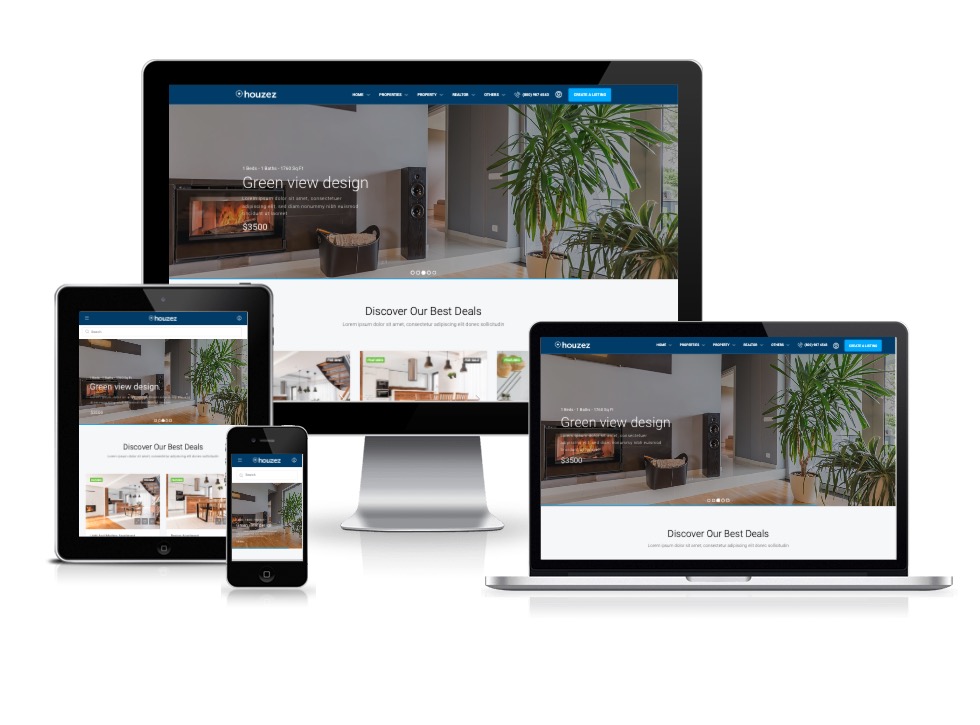
To Build a Real Estate Website in today’s rapidly transforming digital landscape is crucial for success in the real estate industry. Having a robust online presence is no longer optional. Whether you’re an independent real estate agent, a property manager, or part of a larger agency, creating a website is a crucial step towards success. WordPress, with its flexibility and extensive range of features, stands out as an ideal platform for building real estate websites. In this guide, we’ll walk you through how to build a real estate website with WordPress, covering four comprehensive parts.
Key Features of a Real Estate Website
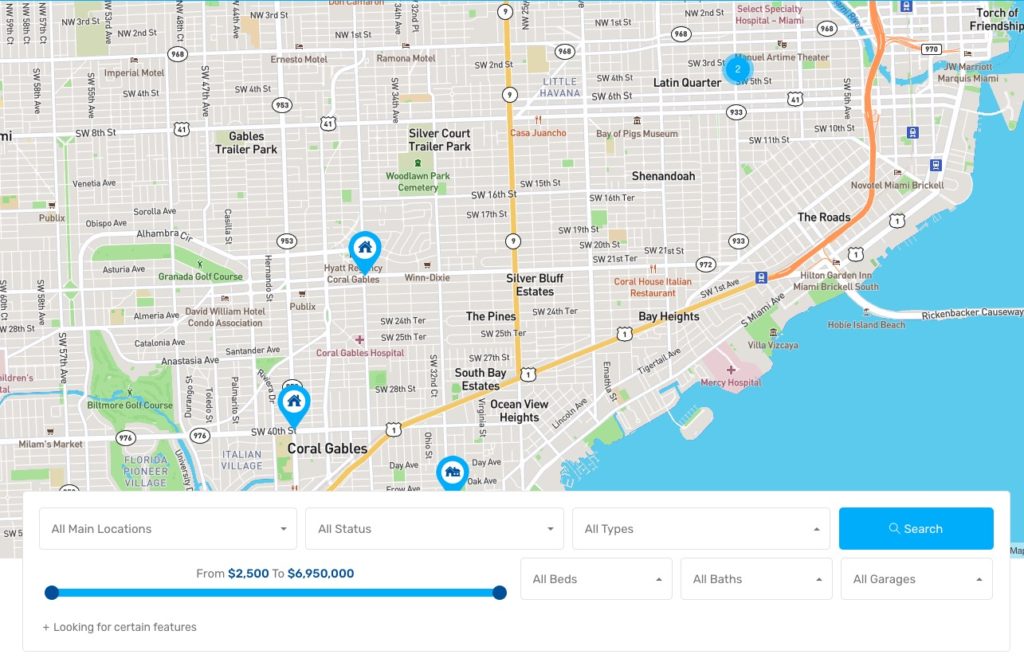
A well-designed real estate website on WordPress should include several key features to enhance user experience and functionality:
- Interactive Property Listings: Detailed listings with high-quality images, videos, and virtual tours.
- Advanced Search and Filter Options: Allows to search by location, price, property type, etc.
- Responsive Design: Optimized for all devices.
- Agent Profiles and Contact Information: Detailed bios and easy contact options for agents.
- Testimonials and Reviews Section: Showcasing client feedback and experiences.
- Real-time Property Updates and Alerts: Notifications for new listings or changes in existing ones.
- Blog and Resource Section: Providing valuable information, market trends, and tips.
- Integration with MLS (Multiple Listing Service): For up-to-date property information.
- Map Integration: For easy location visualization of properties.
- Lead Generation Forms: To capture potential client information.
Planning and Setting Up Your WordPress Site
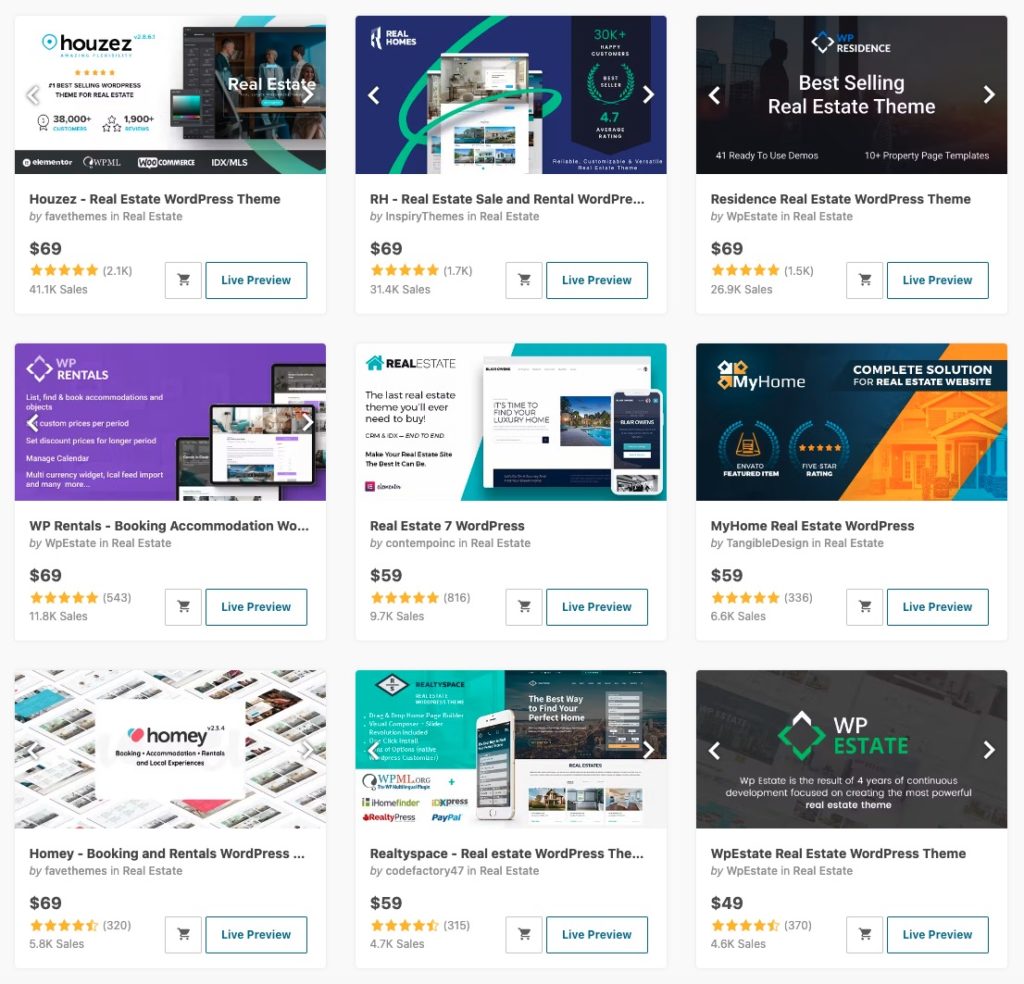
In building a real estate website with WordPress involves thorough planning and initial setup. The initial step to build a real estate website with WordPress involves choosing the right theme and domain.
Identify Your Website’s Purpose and Audience
Understand whether your site will cater to property listings, agency promotion, real estate investments, or property management. Each type requires a unique approach in terms of design and functionality.
Choosing the Right WordPress Theme
Select a WordPress theme that’s specifically designed for real estate websites. These themes come with built-in features such as property listings, search filters, and contact forms that are essential for a real estate website. Read also 25 Reasons Switching to WordPress
Securing a Domain Name and Hosting
Choose a domain name that reflects your brand and is easy to remember. Opt for a reliable hosting service that offers good performance and support for WordPress websites.
Initial WordPress Setup
Install WordPress on your hosting account and configure the basic settings. This includes setting up your chosen theme, creating essential pages (like home, about us, contact), and organizing your site’s navigation.
In the next part, we’ll delve into customizing your website with key real estate features, enhancing its functionality to meet the specific needs of your real estate business.
Customizing Your WordPress Real Estate Website
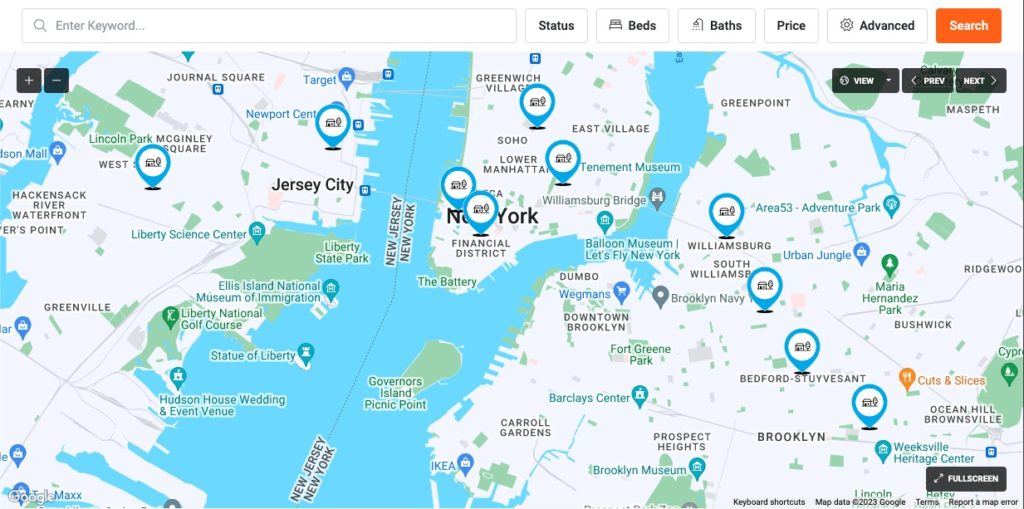
After setting up the basic structure of your WordPress real estate website, the next phase involves customization to tailor it to your specific needs.
- Integrating Property Listing Features: Utilize WordPress plugins designed for real estate to showcase property listings. These should include options for high-resolution images, detailed descriptions, and key attributes of each property. Read also: The Best WordPress Plugin for Your Project
- Implementing Advanced Search Functionality: Integrate search tools that allow visitors to filter properties based on various criteria such as location, price, size, and more. This enhances user experience by enabling them to easily find what they’re looking for.
- Creating Dynamic Content Pages: Develop engaging content pages like ‘About Us’, ‘Our Team’, and ‘Testimonials’. This helps in building trust and provides visitors with insights into your real estate business.
- Responsive Design for Mobile Users: Ensure your website is mobile-responsive, as a significant portion of users browse real estate listings on their mobile devices.
- SEO Optimization: Implement basic SEO strategies for your website. This includes optimizing titles, meta descriptions, and content with relevant keywords to improve your website’s visibility in search engine results. Read also: SEO Tips Every Startup Should Know
In the upcoming parts, we will explore strategies for promoting your website and maintaining its performance to ensure it remains an effective tool for your real estate business.
Promoting Your WordPress Real Estate Website
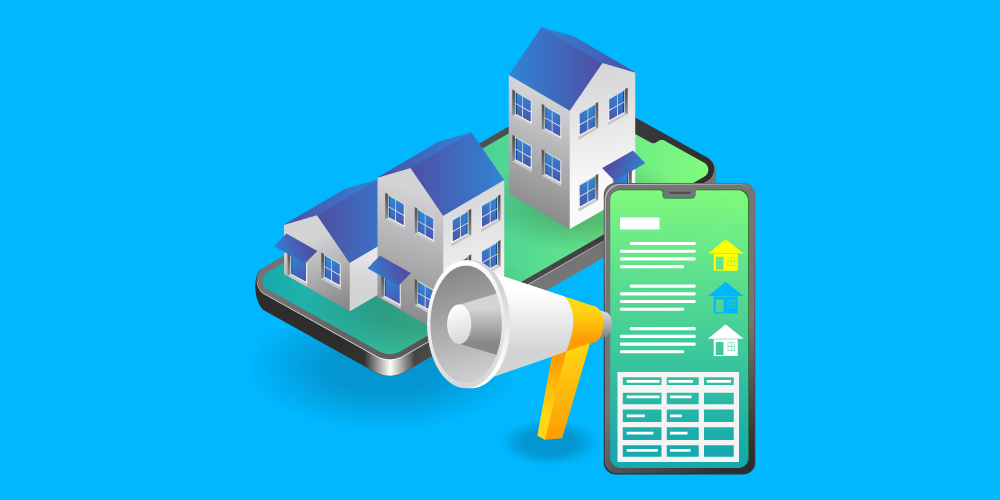
With your WordPress real estate website now customized with all the necessary features, it’s time to focus on promotion and outreach to attract visitors and potential clients.
- Content Marketing: Create and share valuable content such as blog posts, market analysis, buying guides, and neighborhood reviews. This not only attracts visitors but also establishes your expertise in the real estate field.
- Social Media Integration and Marketing: Connect your website to social media platforms. Regularly post updates, listings, and engaging content to drive traffic to your site.
- Email Marketing: Build an email list and send regular newsletters with updates, new listings, and personalized content. Use email campaigns to nurture leads and keep your audience engaged.
- Paid Advertising: Consider using paid advertising options like Google Ads or social media ads to target specific demographics and increase visibility.
- Local SEO Strategies: Optimize your website for local search results. Include local keywords, create location-specific content, and ensure your business is listed in online directories and Google My Business.
In the final part, we will discuss ongoing maintenance and performance monitoring to ensure your website continues to function optimally and remains a key player in your marketing strategy.
Maintaining and Analyzing Your WordPress Real Estate Website
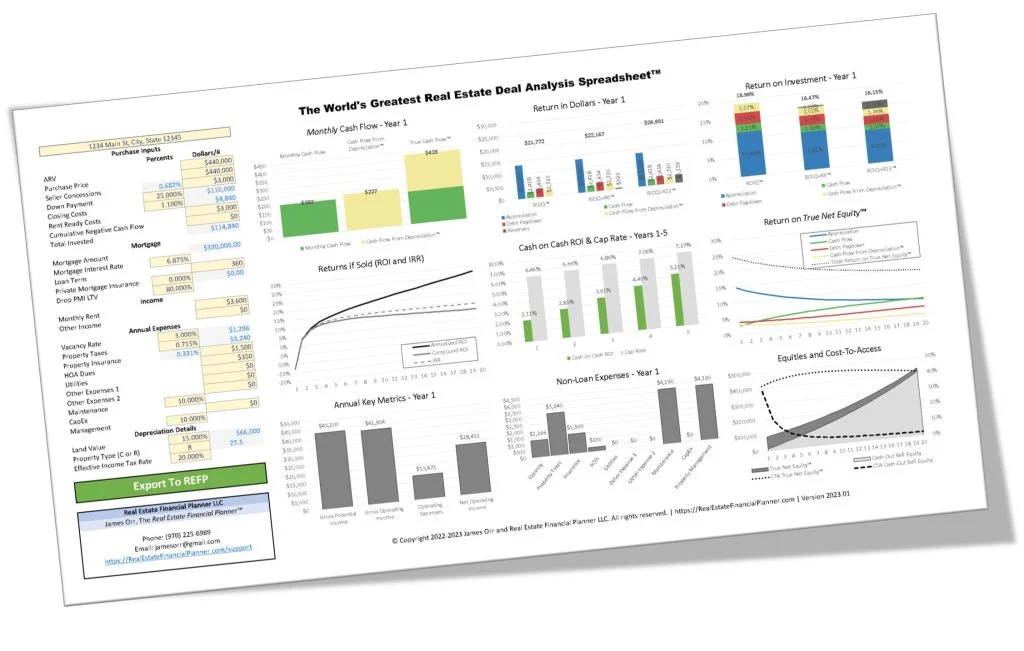
The final phase in building your WordPress real estate website is centered around maintenance and analysis to ensure ongoing effectiveness and improvement.
- Regular Updates and Backups: Regularly update your WordPress theme, plugins, and core to ensure security and functionality. Implement a backup strategy to safeguard your website data.
- Performance Monitoring: Utilize tools like Google Analytics to track website traffic, user behavior, and engagement metrics. This data is crucial for understanding your audience and refining your marketing strategies.
- Security Measures: Implement security best practices such as using strong passwords, installing security plugins, and regularly scanning for vulnerabilities to protect your website from threats.
- User Feedback and Iteration: Gather feedback from users and clients to identify areas for improvement. Continuously iterate on your website’s design and content based on this feedback and changing market trends.
Read also: 10 Signs That You Need WordPress Website Maintenance
Ready to Elevate Your Real Estate Business Online?
Contact UsConclusion
By following these steps, you’ll be well on your way to build a real estate website with WordPress that meets your business needs. By carefully planning, customizing, promoting, and maintaining your website, you create a valuable asset that not only showcases your listings but also establishes your brand in the digital realm. Remember, a successful real estate website is one that is not only visually appealing and functional but also consistently updated and optimized to meet the evolving needs of your audience and the market.
